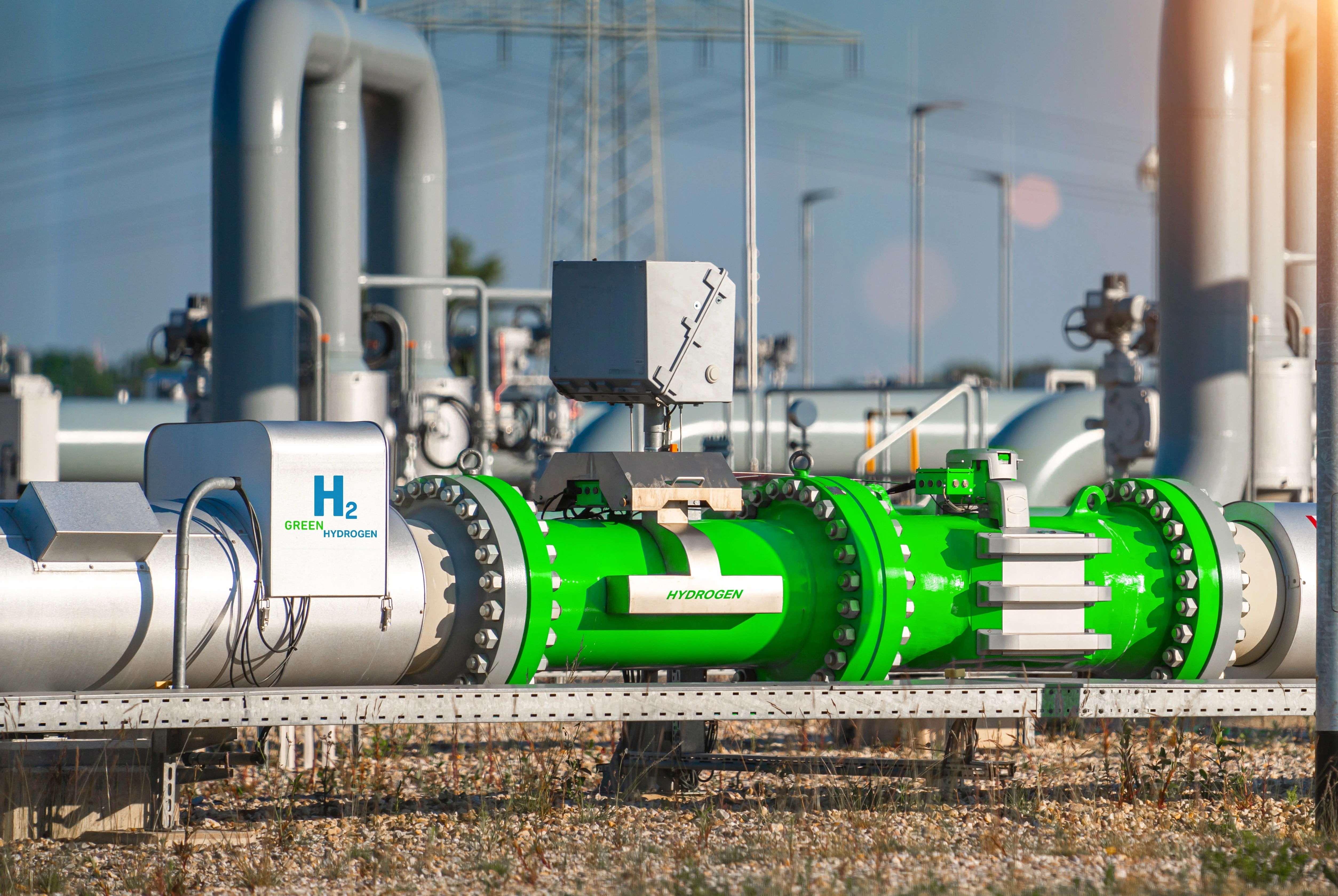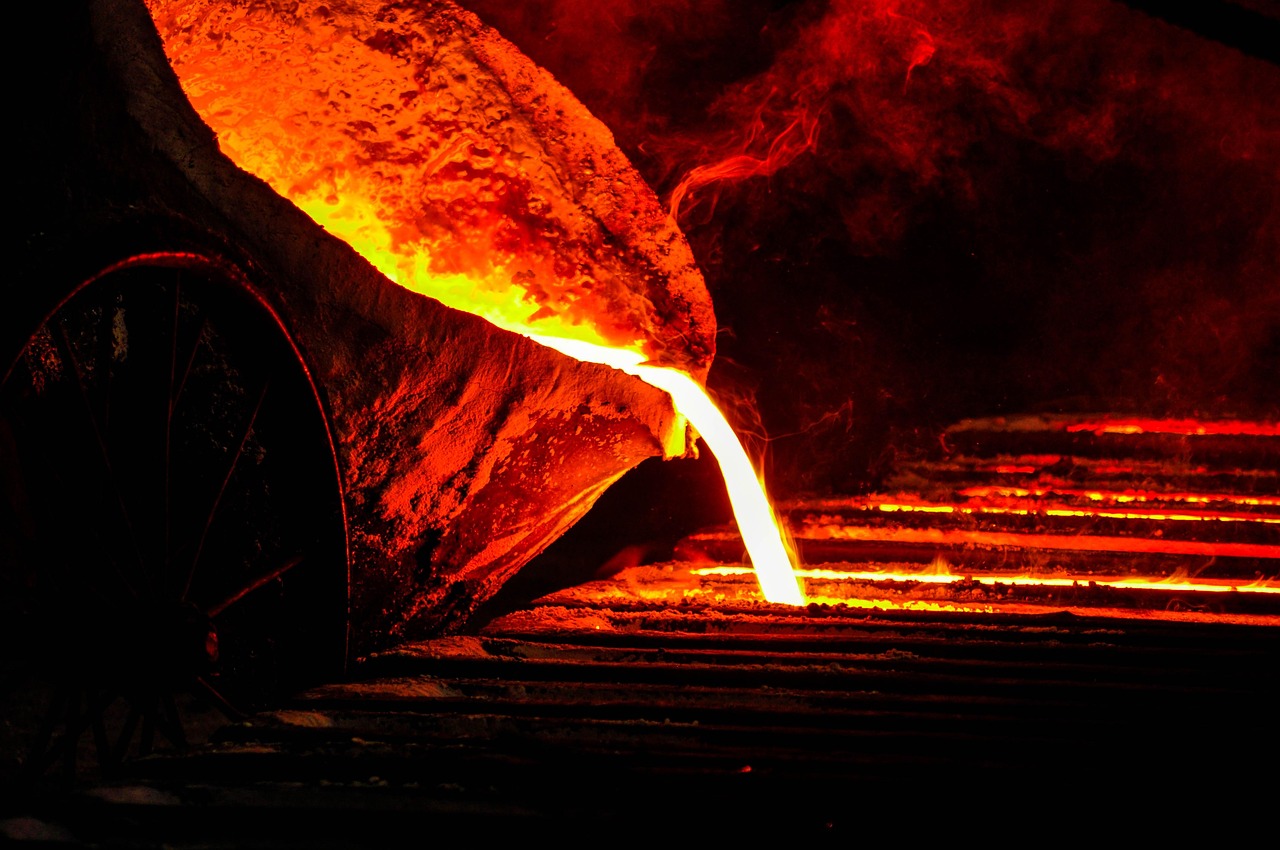Beyond the Hype: Why LCOH is the Only Metric That Matters in Green Hydrogen

The Levelized Cost of Hydrogen (LCOH) is the total, all-in cost to produce one kilogram of hydrogen, factoring in capital expenditure (like electrolyzers), operational expenditure (like maintenance), and, most importantly, the cost of electricity. In green hydrogen production, the cost of electricity can account for 70-80% of the final LCOH.
Many projects focus only on securing cheap renewable power. While this is critical (and something we've secured with our ~€50/MWh PPAs), it's only half the story. The other, often overlooked, variable is production efficiency.
How the Hbooster™ Changes the LCOH Equation
This is where our proprietary technology, the Hbooster™, creates an insurmountable advantage. By increasing the efficiency of our PEM electrolyzers by over 15%, we fundamentally alter the LCOH equation.
Consider two projects with the same low-cost energy. Our project produces 15% more hydrogen from that exact same energy input. This means our cost-per-kilogram is drastically lower, and our profit margin on every kilogram sold is significantly higher.
An Unbeatable Advantage
This efficiency gain provides three core benefits:
- Lower Production Costs: We produce more H₂ per MWh than any competitor.
- Higher Profit Margins: We capture more value from our low-cost energy contracts.
- Better Investor Returns: Our projects are inherently more profitable and financially resilient.
In the end, the companies that can produce hydrogen at the lowest LCOH will win the market. At HydroH2, we have engineered our entire model around this principle.





